Before we get started… Gender is a human cultural construct that ties up a lot of baggage linked to cultural definitions of the way that men and women should behave, rules about how they should interact among themselves and with each other, etc. However, we have no evidence that chimpanzees from differing communities exhibit culturally-based gender-roles. We also have no evidence that behavioral sex differences among chimpanzees are actively reinforced or shaped by other community members. For these reasons, we leave gender out of the chimpanzee conversation. Instead of using those loaded terms, we refer to males and females and discuss sex instead of gender. This is why I have edited the original wording of some of the questions. :) Full disclosure: I do not study vocal communication specifically, nor do I study vocal development. Infants seem to express a pretty full vocal range at an early age. Within a few months they can make all of the typical chimp sounds: grunts and barks and hoots, etc. but, from what I’ve seen, they don’t consistently apply them appropriately for at least a year. For instance, consider pant-grunts: Pant-grunts are a submissive vocalization that subordinate chimps make when approaching or being approached by dominant individuals. Thus the appropriate context for pant-grunting would be when chimps of unequal rank come into close proximity. Very young chimps begin pant-grunting after a few weeks. At first, they seem to sort of mirror their mothers, pant-grunting whenever mom does. But then, after a few months, infant pant-grunts seem to disarticulate from this association and infants begin to pant grunt at everything that moves within 10m of them whether their mother is grunting or not. After a year to 18 months, infants have a much better handle on their communication skills and generally are able to restrict their pant-grunting to appropriate contexts. By Leakey’s age (about 3 years old) they’ve got things nailed down. What kinds of vocalizations do Lobo and Leakey make at these ages?Do they communicate directly with one another much, or is it generally directed at their mother?Both infants communicate directly with their mom more often than they communicate with other group members, but I don’t think that I’ve ever noticed either baby using their mother as a conduit for communication with their sibling. Like other mothers, sometimes Lia will interrupt another individual’s attempt to make direct contact with Lobo. For instance if Leakey wishes to play with Lobo but Lia doesn’t want her to Lia might physically prevent Leakey from touching Lobo or make a vocalization that interrupts Leakey’s advances. That said, for the most part, in my experience chimps communicate directly to each other rather than through third parties. When do you think mothers become aware of their infant’s sex?Pretty immediately. From day one moms spend a lot of time grooming and inspecting every inch of their infants (see below). And despite that there aren't obvious differences in the pelage or facial structure of male and female infants, It isn’t too difficult to determine sex in them. Even though males aren’t born with very conspicuous testes, their penises are pink against their black hair and are easy to see (see below). We can even sex infants in the first few days as long as we can get the right angle on things. Have you found that mothers respond differently to their infants depending on infant sex?Great question. Let me analyze all this data and get back to you ;)
There isn't too much evidence (at the moment) that mamma chimps treat sons differently than they treat daughters, but it can be a hard thing to study, especially in chimps with long inter-birth-intervals. At Kanyawara, there were no cross-sectional differences in the ways that mothers ranged with male versus female infants (Otali et al. 2006). However, There is a paper from the research team at Gombe have reported that individual mothers range differently when they have infant sons versus infant daughters (Murray et al 2014). One of my hopes for this dissertation is to use my data to reexamine ranging patterns and determine if ranging over the last four years is consistent with either or both of these ideas. |
Kris SabbiThis blog is a forum share my personal experiences as a field researcher and traveler. Categories
All
Blog Archives
June 2022
By Category
All
|
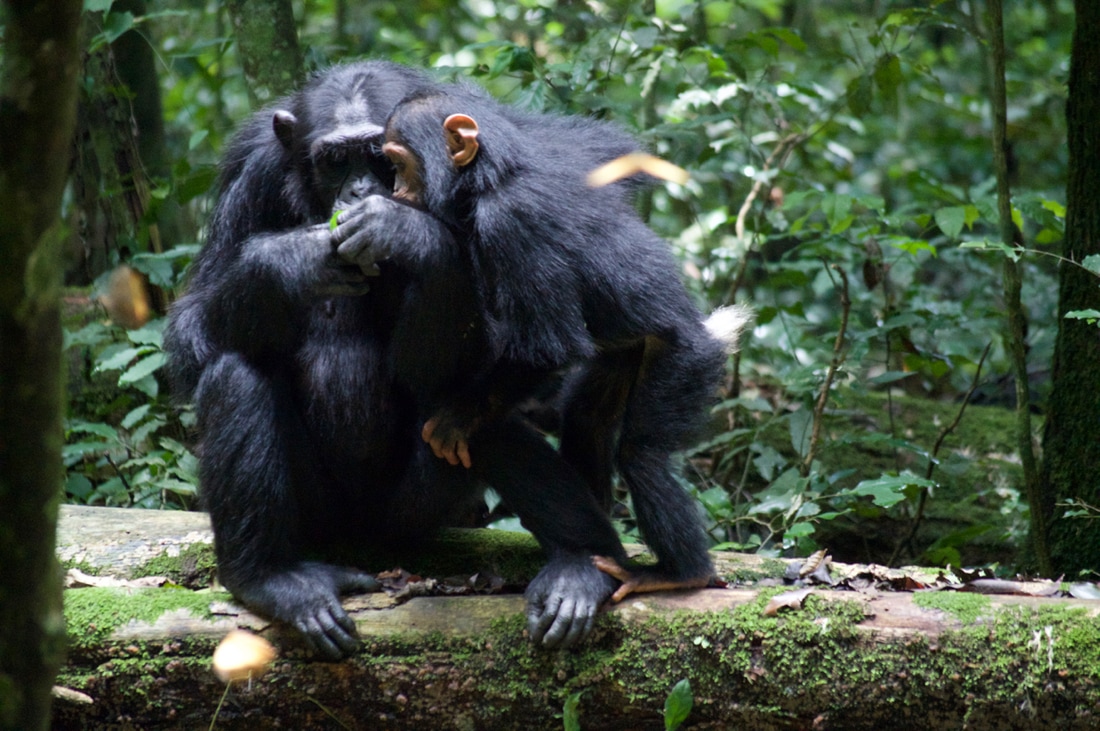
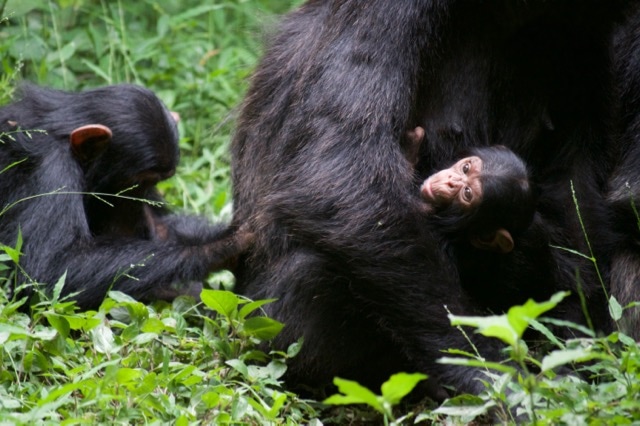
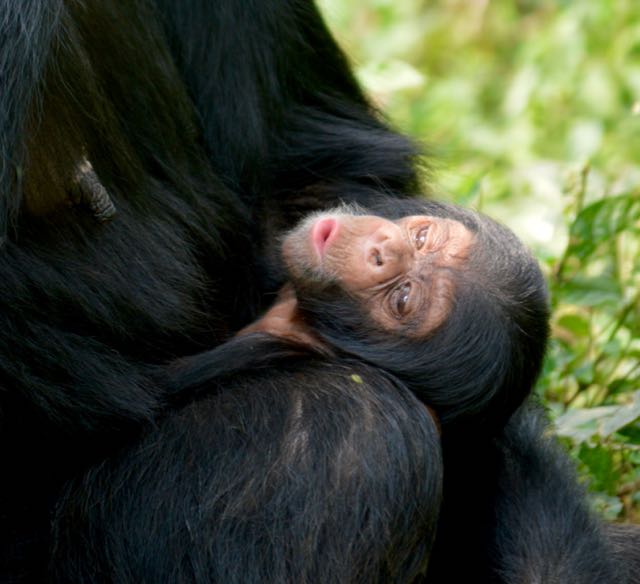
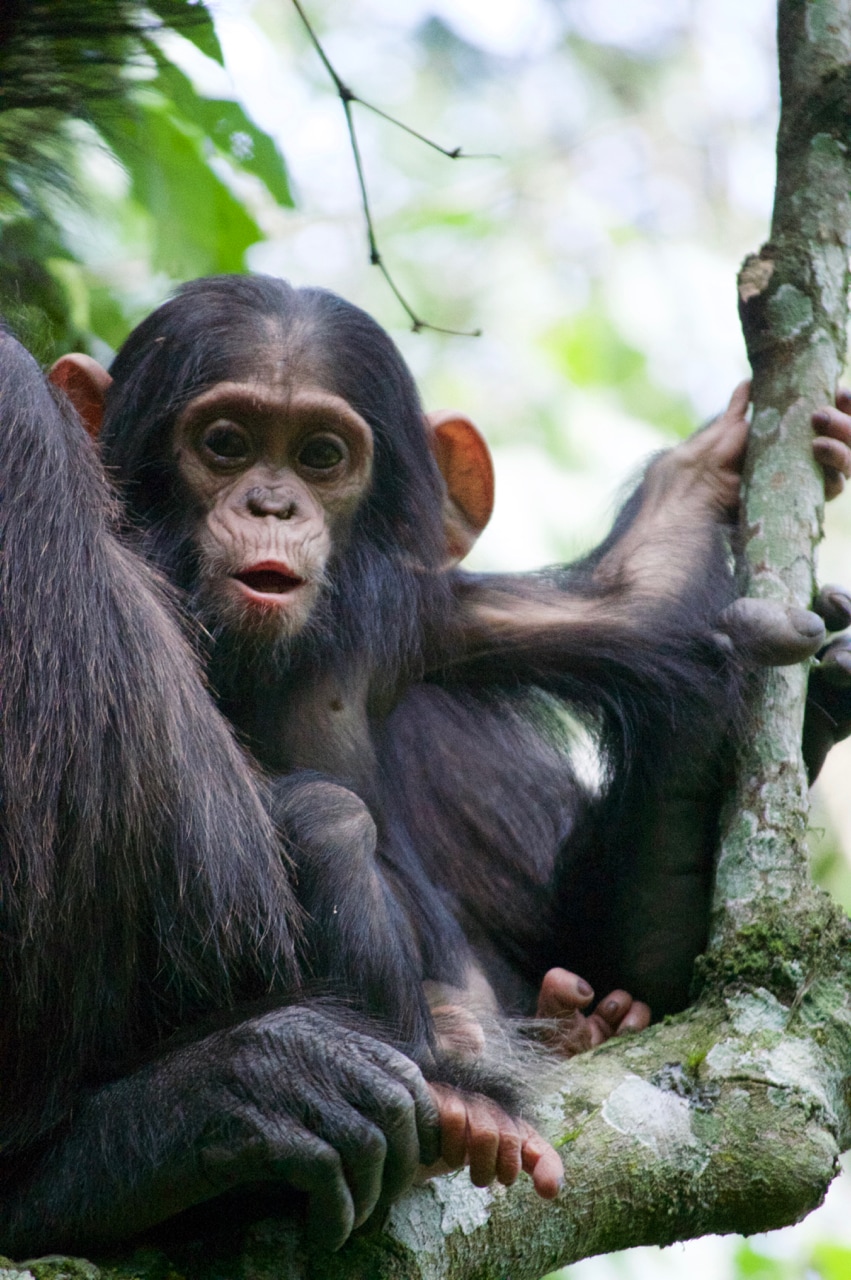
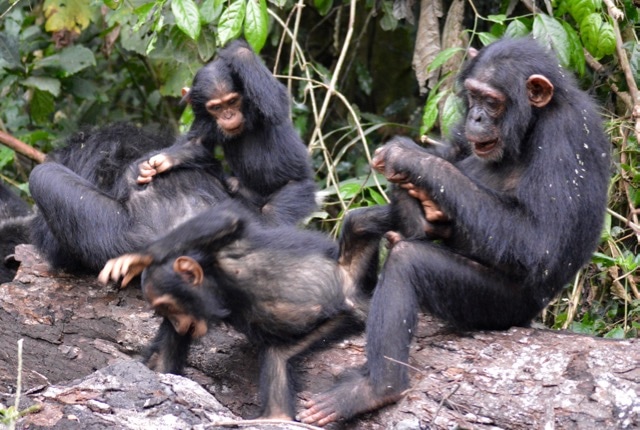
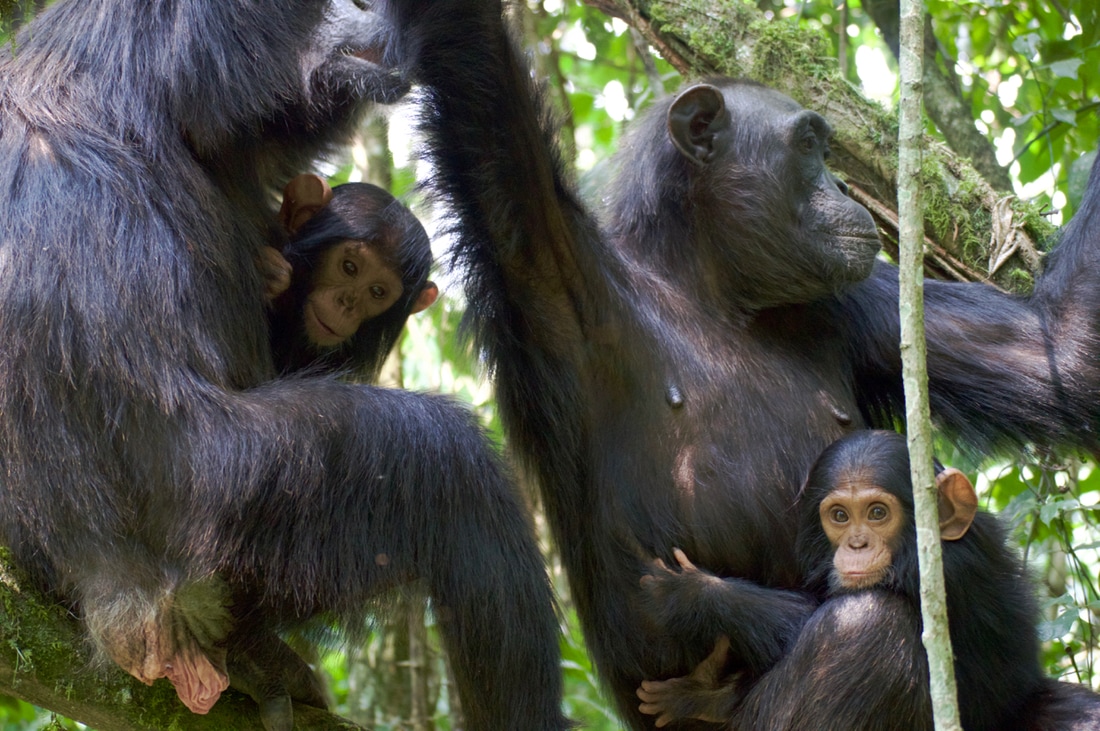
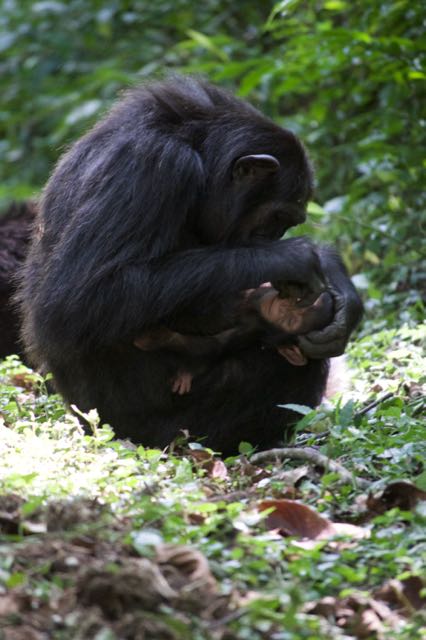
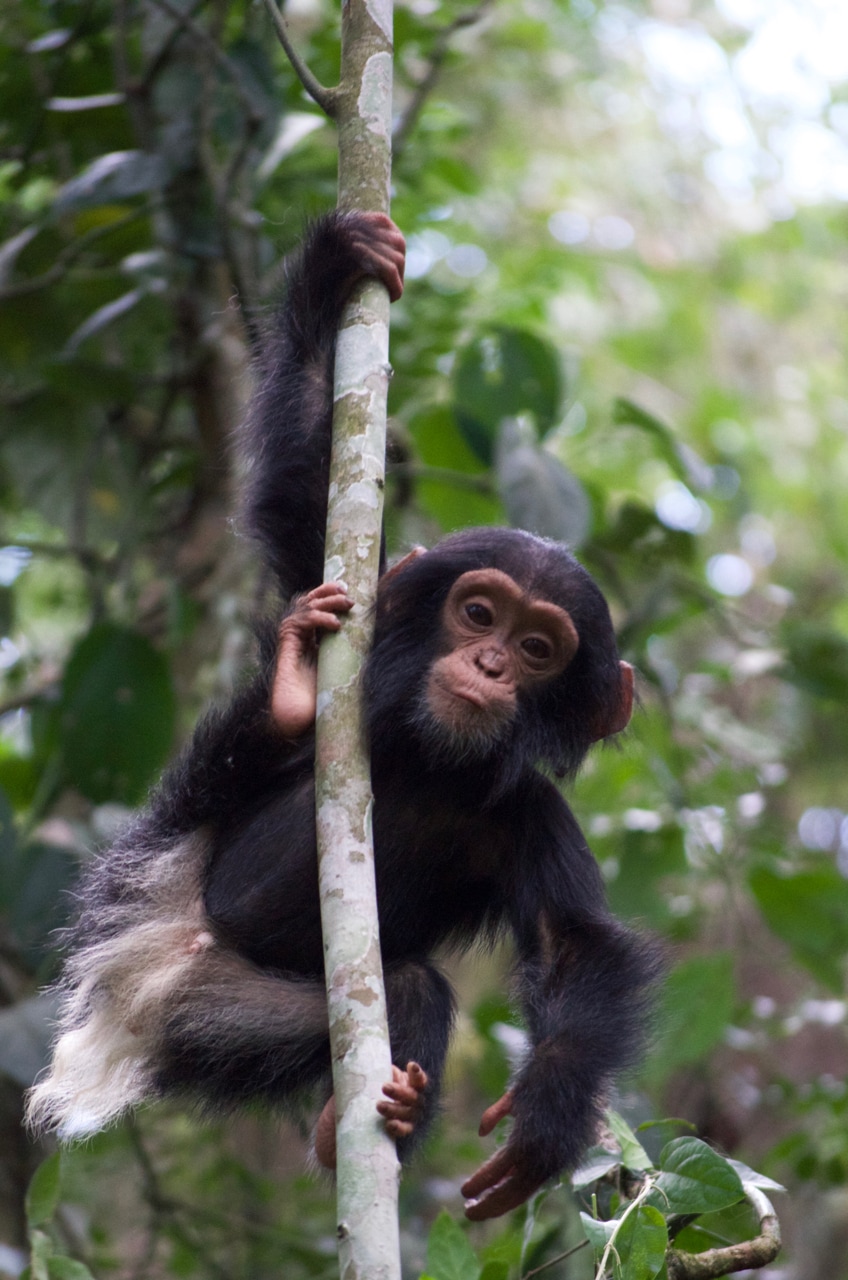
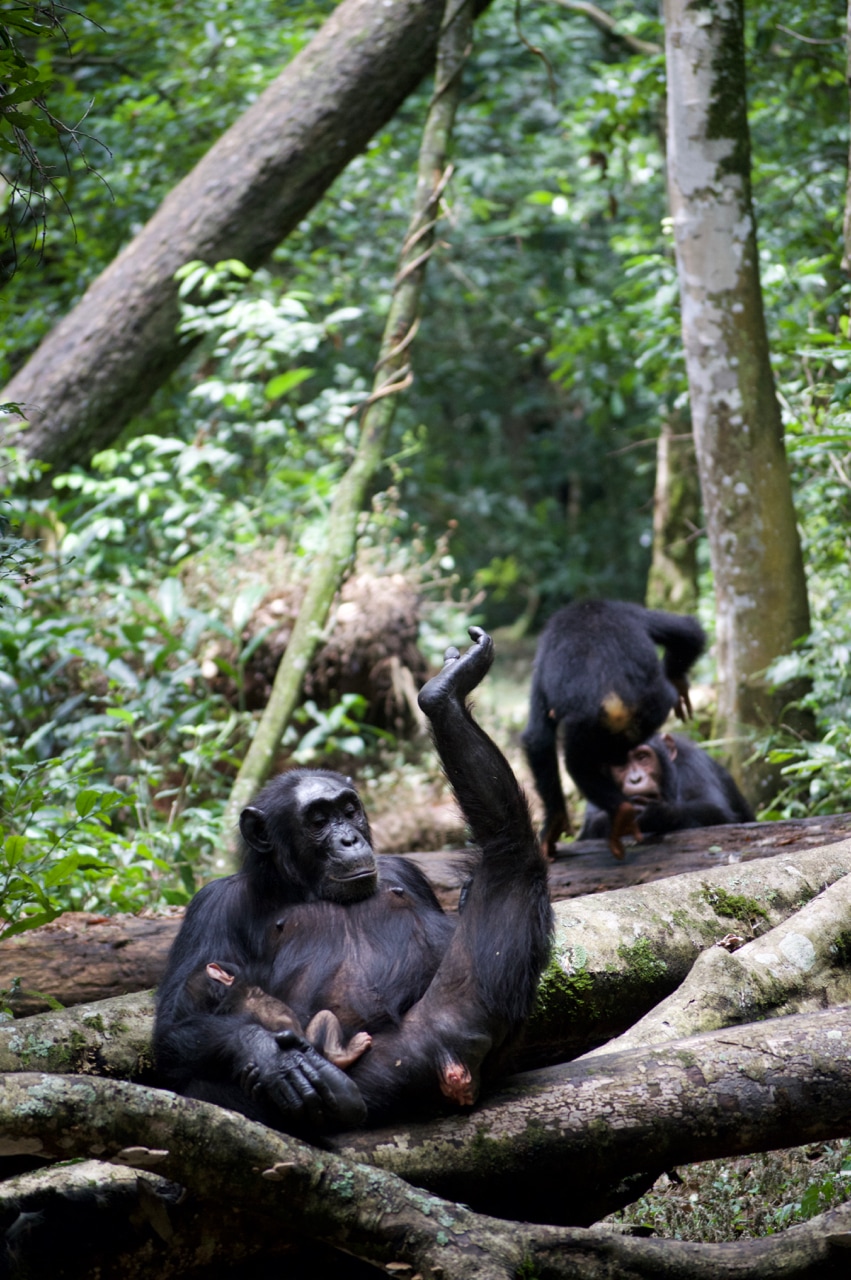
 RSS Feed
RSS Feed
